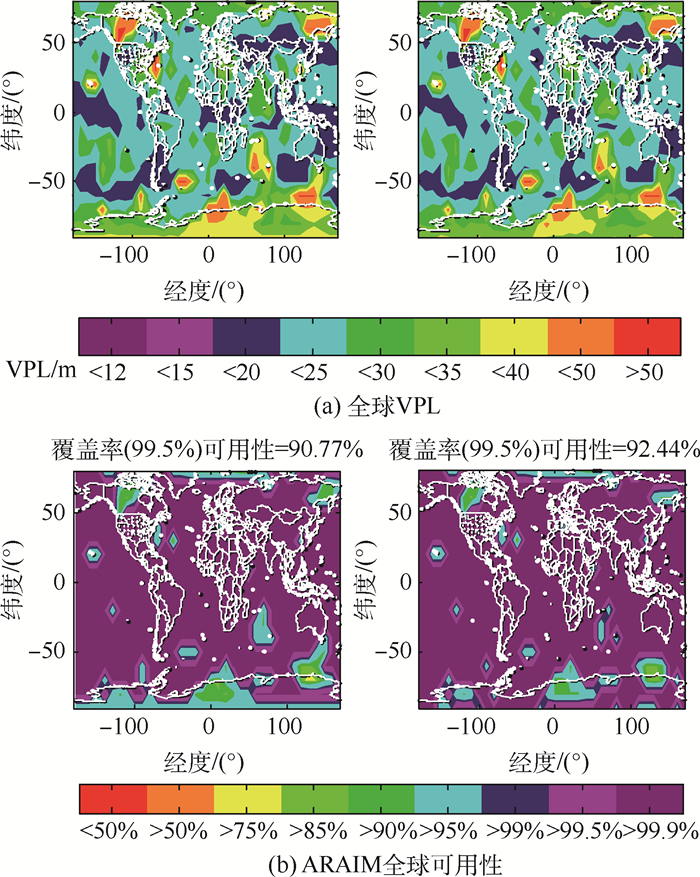The efficient and orderly swarms control mode is the prerequisite for the swarms to successfully complete the combat mission. Aimed at the problem of UAV swarms control, a hybrid swarms control based on Agent and cellular automata is proposed by combining the centralized and distributed control modes. Based on the analysis of UAV swarms operation flow, the framework of UAV swarms control system, communication topology and swarms control rules are constructed. The swarms' individuals are divided from top to bottom into three levels: center leader, group leader, and individual UAV. The upper level adopts top-down centralized control to the lower level, and the same level adopts bottom-up distributed control. On this basis, using the hierarchy of Agent model and the homogeneity of cellular automata model, a swarms hybrid control model based on Agent and cellular automata is designed to realize the effective combination of the two control modes. The cellular automata model realizes the basic swarms rules of aggregation, separation and uniform speed, and the Agent model realizes the cooperative interaction rules among individuals at different levels. Under the background of formation assembly and maintenance task, three kinds of control: distributed, centralized and hybrid, are compared and simulated. The simulation results show that the swarms based on hybrid control have obvious advantages in formation controllability, following, consistency and reducing communication load, which verifies the effectiveness of the hybrid swarms control method.



